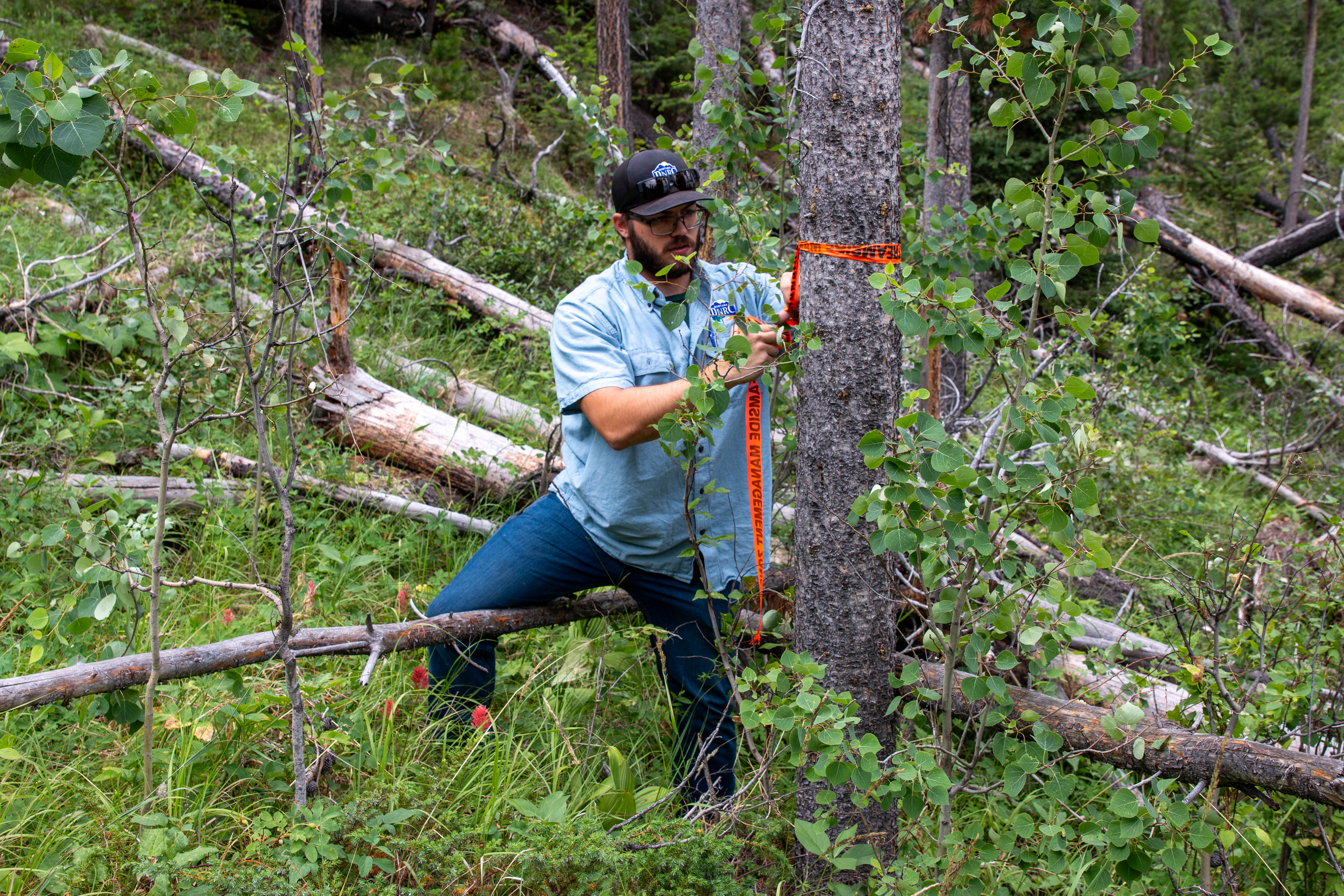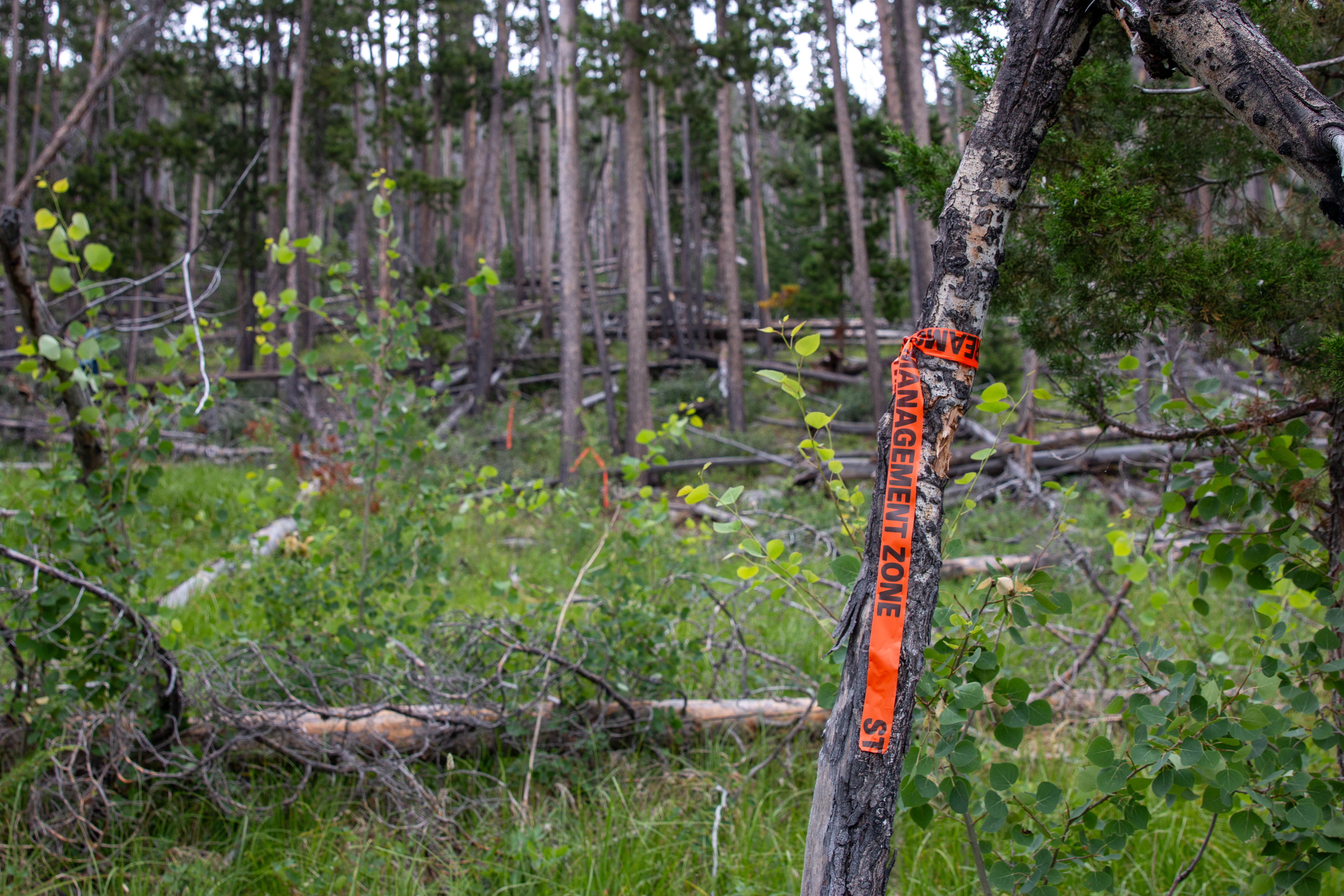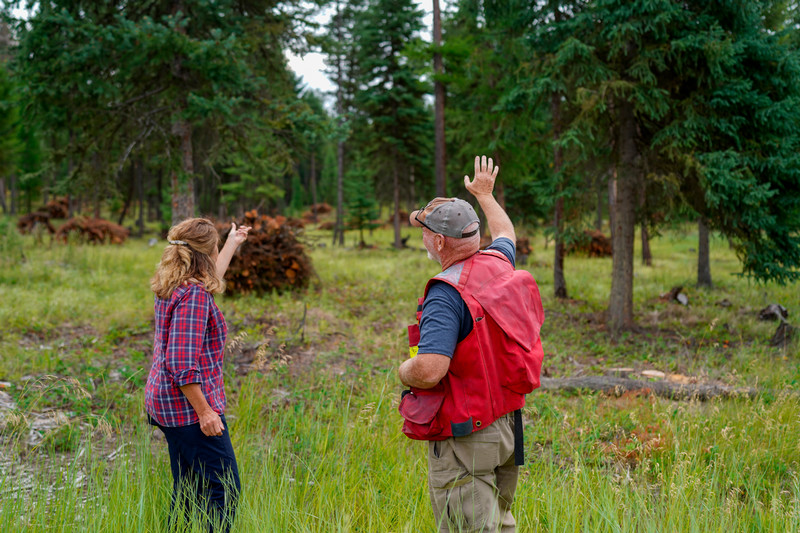
About the Forest Practices Program
The Forest Practices program provides the training and tools to protect water resources during forest management activities. DNRC Service Foresters work closely with landowners, managers, and contractors to:
- Implement voluntary Montana Forest Best Management Practices (BMPs)
- Follow the Streamside Management Zone (SMZ) Law, Slash Law, and the Forest Practice Notification Law
- Improve forest health and create a resilient forest ecosystem through sustainable treatments
Forest Practices Laws & Rules
Best Management Practices
DNRC service foresters work closely with landowners, managers, and contractors to implement voluntary Montana Forest Best Management Practices (BMPs) and applicable laws to support active management that results in healthy forests.
Learn more about Best Management Practices

Streamside Management Zone
The Streamside Management Zone (SMZ) Law and Rules regulate and prohibit certain activities within the SMZ – a buffer along each side of a stream, lake, or other body of water within a project site. These laws exist to protect water quality and fish and wildlife habitat. Improper timber harvesting in the SMZ can cause erosion and water quality problems.
Learn more about SMZ Law and SMZ Rules
Slash Law
The Control of Timber Slash and Debris Law and Rules – also known as the Slash Law or the Fire Hazard Reduction Law – pertains to timber harvest operations on private lands and requires the removal or reduction of slash, the woody material left over after forest thinning that can become hazardous in the event of a wildfire. Private landowners and timber harvest operators must complete an HRA application prior to beginning a project.
Learn more about the Timber Slash and Debris Law and Rules


Forest Practice Notification Law
The Forest Practice Notification Law requires landowners and operators to notify DNRC when they plan on pursuing any form of forest management on private land.
